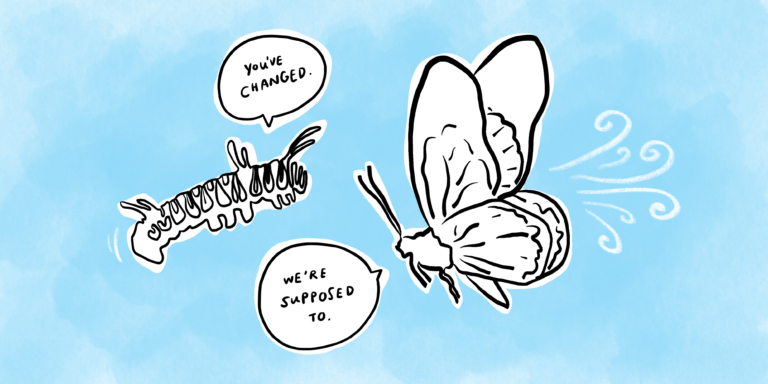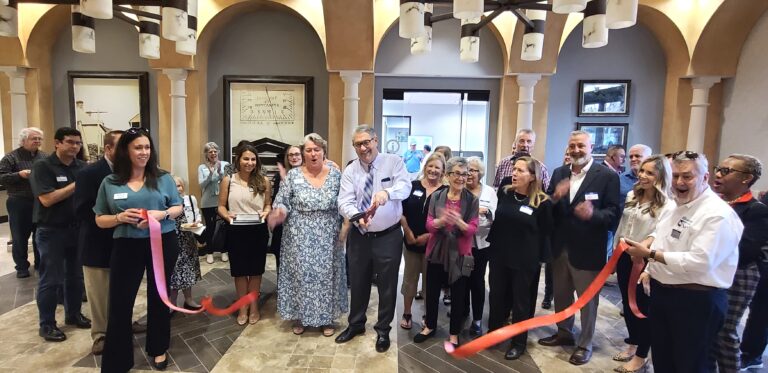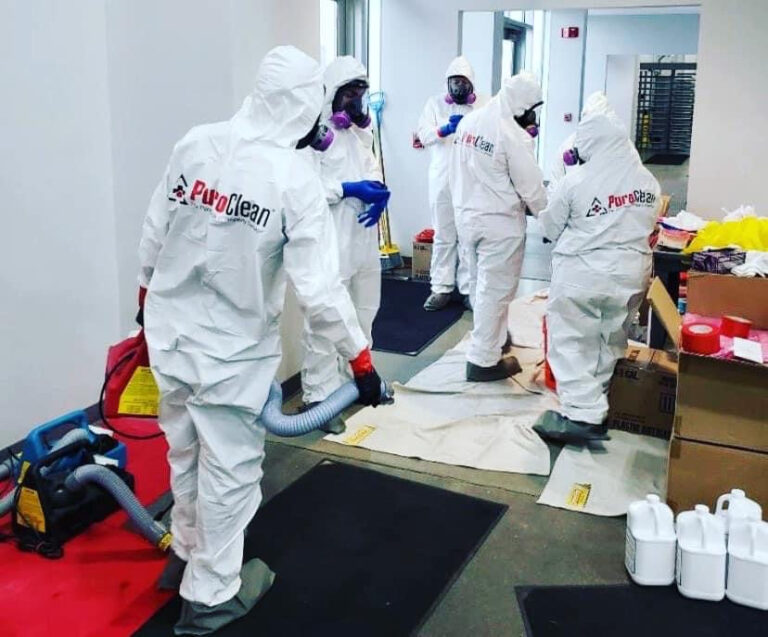Environmental Degradation Brings New Economic Opportunity

There has never been a time in which the demands on coastal resources have been higher than they are today. More than 1,000 people a day make Florida their new home, a trend that did not decline during the COVID-19 crisis and one that does not appear to be changing anytime soon. With a constant influx of additional residents, many of whom desire to live on the coast, there are tremendous stresses exerted on both our coastal ecosystems and the human-built infrastructure that supports significant population centers there. As Florida’s picturesque coasts have been a dominant draw for both tourism and immigration for decades, it’s no secret that our coastal communities define the Florida lifestyle. Except for Orlando, our largest cities follow the coast. To illustrate this, just look at a map and follow the coast from Jacksonville on the northeast Atlantic coast south to Miami, around the Keys, up the Gulf Coast through Tampa and around the panhandle to Pensacola. With more than 1,350 miles of coastline, is there any doubt that Florida is a coastal state, and as such, our beautiful and diverse coasts are critical to the state economy?
As we grow both our coastal communities and the economies they support, the continual influx of people (both residents and visitors alike) support additional development, and, therefore more pressure on natural resources to attenuate or absorb the effects of our activities. Unfortunately, our coastal ecosystems are on the receiving end of our wastewater, stormwater and other negative environmental stressors associated with our population growth. In short, the very essence of the Florida experience, our beautiful beaches and estuaries, which provide so much recreation and enjoyment, are being threatened by the very economic growth they support. For evidence of this assertion, one only needs to observe our current environmental crisis around the state. The Indian River Lagoon on Florida’s east coast has suffered excessive harmful algal blooms and is currently experiencing an unprecedented die-off of iconic Florida manatees. To the south, Biscayne Bay and adjacent Florida Bay are experiencing similar algal blooms and degraded water quality that turns once crystal-clear waters murky, replacing seagrasses and corals with putrid, mucky sediments. Perhaps the most pressing of coastal issues can be seen in southwest Florida, where near constant red tide, a bloom of the harmful algae species Karenia brevis, not only imperils wildlife but also impacts human health by exposure to toxic substances produced by the algae themselves. The overall effect on coastal environments is visually distressing, and as such, the impact on coastal economies is equally staggering. Economic impact from algal blooms and associated environmental degradation is estimated in the billions annually from lost tourism revenue alone, not to mention the less tangible impacts of reduced property values and quality of living in these coastal regions.
But wait… all is not lost! Most Floridians can attest, if there is one thing that living in the land of hurricanes and mosquitos has taught us, it is resilience in the face of adversity. You have undoubtedly heard this term quite a bit recently and for good reason. The problems faced by Florida are not unique; in fact, they are global. Although our population, and thus our impacts, continue to grow daily, the outlook for coastal resources and the communities they support is not all negative. Recently, environmental researchers have been looking for new and creative ways to tackle the issues in our coastal zones. These creative solutions include nature-based approaches such as integrating algal-based wastewater treatment into our traditional water cleaning processes or the use of oyster reefs to protect shorelines and improve fish habitat and water quality. The approaches being researched are highly diverse and evolving daily. For example, while aquaculture of shellfish, such as hard clams and oysters, has been a profitable industry in Florida for decades, the modification of shellfish farming techniques to attain environmental restoration via water filtration and excess nutrient retention has exploded around the state. The Florida Legislature devoted more than $8 million this past legislative session to restoration of native clam populations alone. Additionally, several million dollars has been allocated to reinvigorating oyster populations and seagrass replanting in areas such as Tampa Bay, Sarasota Bay, Charlotte Harbor and the Indian River Lagoon. Furthermore, both state and federal dollars are being directed to correcting Florida’s coastal community’s wastewater infrastructure. Hundreds of millions of dollars have being appropriated to convert septic systems to sewers to prevent excessive nutrient loading to our coastal waters. In the Indian River Lagoon alone, more than $300 million is being spent to dredge nutrient-laden sediments from the lagoon to aid in water quality improvements that will result in tangible economic improvements as tourism increases once the lagoon is restored to a sportfishing and ecotourism destination.
While our coastal ecosystems are under unprecedented stress, we are also experiencing an unprecedented political will to ameliorate these stressors for the betterment of our state’s tourism-based economy. No matter what side of the political fence you sit on, we can all agree that our coastal resources are immensely valuable. Whether socially or economically motivated, coastal ecosystem restoration is becoming a huge business, with many private firms rising to take over activities once conducted only by governmental agencies, NGOs and academic institutions. Further, this is happening at a global scale, with economic projections of ecosystem restoration being a $200 billion (yes, with a b) global industry by 2050. Given the direct economic impact of improved coastal ecosystems and the ever-increasing need for this important restoration work right here in our state, there is great hope for both Florida’s coastal communities and its economy.









